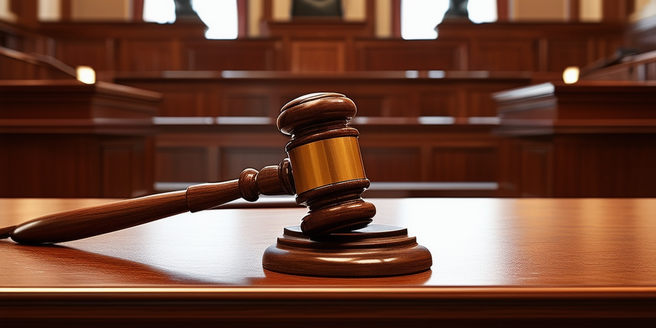
Understanding the Basics: What is Multidistrict Litigation?
Multidistrict Litigation (MDL) is a special federal legal procedure designed to speed up the process of handling complex civil cases. These cases could range from product liability suits, airline disaster suits to complex patent infringement suits. Essentially, MDL is used when multiple related cases are filed in various federal districts across the nation. This special procedure was created by Congress in 1968 to ensure a more efficient judiciary system. MDL represents a departure from the traditional one-case-one-judge format, bundling together similar cases that are spread across multiple districts to one judge in a single district.
The History of Multidistrict Litigation and its Impact in the Legal System
Multidistrict Litigation actually has its roots in the late 20th century when it was first introduced in 1968 due to a surge of complicated antitrust cases. Its establishment aimed to promote judicial efficiency by centralizing pretrial proceedings for cases with common factual issues. This emerging form of litigation was quickly recognized as a necessary tool for managing extensive civil actions, offering both streamlining processes and fostering equitable outcomes. Over time, it has dramatically reshaped the landscape of complex litigation, contributing to the centralization and efficiency of numerous mass torts and pressing societal disputes.
The Procedure of a Multidistrict Litigation: A Step-by-step Guide
Initiating an MDL begins with a petition to the Judicial Panel on Multidistrict Litigation (JPML) which decides whether cases should be consolidated and, if so, assigns them to a particular district and judge. It’s imperative to note that these JPML decisions are based on various factors such as the number of related cases and their geographical spread. Following this, a unified discovery process takes place, streamlining the exchange of information between parties. The MDL process ends either by reaching a settlement, dismissal, or remand of individual cases back to the original courts for trial.
Analyzing Recent Multidistrict Litigation Cases: Lessons Learned
A series of recent MDL cases offers valuable insights. Out of these, the Vioxx litigation has been a particularly illustrative example, showcasing the potential of MDL to manage massive, high-stakes litigation. The Vioxx case brilliantly demonstrated how MDLs can harmonize numerous lawsuits by consolidating them into a single court to increase efficiency. Yet, it also highlighted complexities around settlement distribution and the role of plaintiffs’ steering committees. Other noteworthy MDLs, such as those involving the opioid crisis and 3M earplugs, underscore the crucial role MDL plays in addressing urgent societal issues and driving systemic change.
The Pros and Cons of Multidistrict Litigation: An In-depth Analysis
While MDL often leads to speedier resolutions and increased consistency in rulings, critics argue it may sideline rightful individual claims, giving too much power to plaintiffs’ steering committees. On the other hand, proponents of MDL point out its ability to handle mass litigation efficiently, often saving time and resources for all parties involved. Further, the ‘one size fits all’ approach might overlook the intricacies and unique facts of each case. Nonetheless, the emergence of MDLs stands as a testament to the legal system’s adaptability and evolving approach to tackle complex, widespread disputes.
The Future of Multidistrict Litigation: Trends and Predictions
The future of MDL is likely to be shaped by a combination of legal, societal, and technological factors. While it continues to be an indispensable tool in the realm of mass torts and complex litigation, innovations around virtual hearings and remote depositions might further enhance efficiency. In addition, the increased use of Artificial Intelligence (AI) and data analysis tools may help to streamline case management and predict outcomes. On the other hand, calls for reform may intensify, as concerns about fairness, transparency, and equitable participation loom large.
